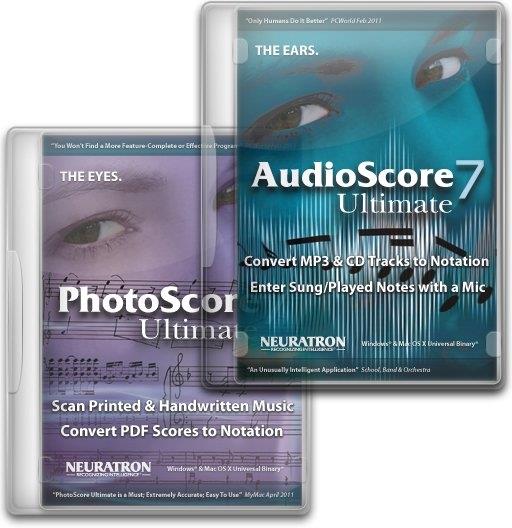

When you hover over a section of the generated score with your cursor, the corresponding section of the original sheet music is displayed-allowing you to compare the two scores. In the following image, a score has been generated using a sheet music PDF. It analyzes time signatures, key signatures, note values, lyrics, and other markings. When you import sheet music, PhotoScore reads it and converts it into an editable sheet music format.

To get handwritten or printed sheet music into PhotoScore, you can import it using a scanner, take a picture of it with your phone, load a PDF, or create a NotateMe Score. Using PhotoScore is a three-stage process that involves scanning, reading, and editing sheet music. Let’s take a deeper look at the available features. PhotoScore and NotateMe will appeal to more than just composers anyone who regularly finds themselves working with sheet music will be able to save a tremendous amount of time and energy using this software. For users that are used to writing sheet music by hand, NotateMe provides an interesting way to bridge the gap between tradition and technology.
#PHOTOSCORE ULTIMATE 5.5 SOFTWARE#
NotateMe is companion software built into PhotoScore that allows you write and edit sheet music arrangements using a stylus, finger, or mouse. Once you’ve finished editing a score, you can export it as a MIDI file or create multi-part sheet music arrangements with separate parts for each performer. It lets you scan handwritten or printed sheet music, edit rhythm, key signatures, lyrics and other markings, as well as reformat and extract musical parts. Neuratron’s PhotoScore is standalone software for macOS and Windows that allows you to scan, read, and edit sheet music.


 0 kommentar(er)
0 kommentar(er)
